What Is A Skin Self-Examination?
Perhaps surprisingly, many melanomas are found by people checking their own skin. And early detection is a good thing, because the earlier a melanoma is detected, the easier it is to treat and the more survivable it is. Learning how to perform a skin self-exam—especially for anyone who has one or more risk factors for melanoma—is critical. You may indeed save your own life.
When doing a self-check for melanoma there are certain features you can look for in your spots and moles. Two methods you can use are the Ugly Duckling Rule and the ABCDEs of melanoma.
Helpful Tips
- See a healthcare provider for a complete skin exam before you begin self-exams so that a baseline of “normal” can be established. From that point on, you can watch for changes.
- Perform a monthly head-to-toe skin self-examination. Choose a day that is easy for you to remember to perform your exam, such as the first day of the month.
- Follow the ABCDEs of melanoma and the “Ugly Duckling” rules when you check your skin.
- The first time you do a self-exam, take note of the patterns of moles, freckles, and blemishes on your skin to better compare and track changes in the following months. If possible, take photos.
- Go through each of the steps below every month. Do the exam the same way each time, so you don’t miss any part of your body.
- You’ll need a full-length mirror, a hand-held mirror, a blow dryer, a chair to sit on, and a well-lighted area.
- Since you’ll need to remove all clothing, a good time to do your exam is prior to a shower or bath.
- If you have a partner, ask for help when checking hard-to-see areas like your back and scalp.
- Any new moles or lesions, or changes in existing moles or lesions, should be checked by your healthcare provider right away.
How to Perform a Skin Self Examination

1. Your Tools: You will need a full-length mirror, a hand-held mirror, a blow dryer, a chair to sit on, and a well-lighted area.
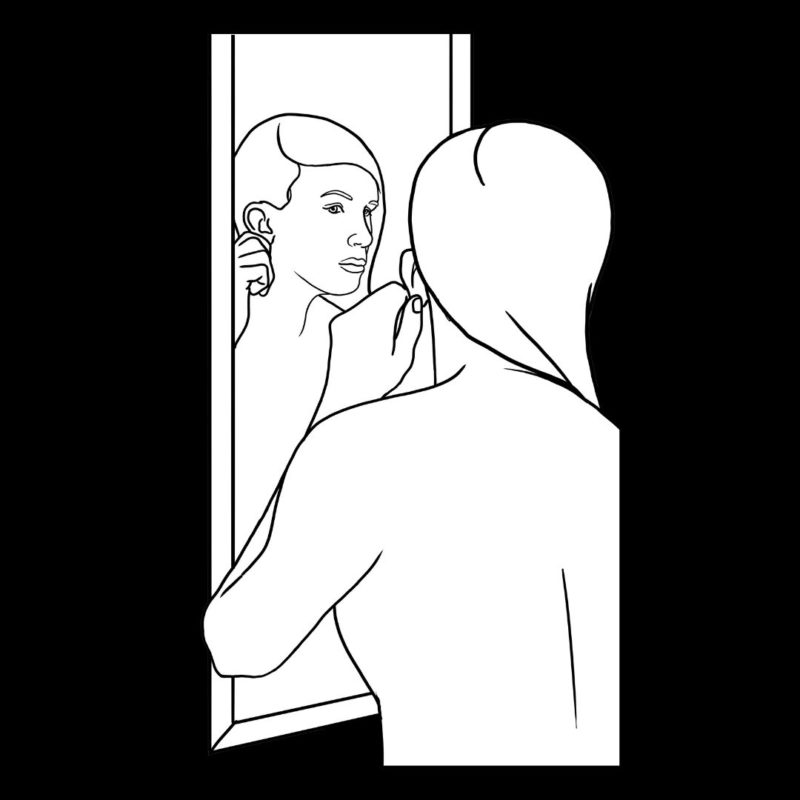
2. Your Face: Carefully examine your face, especially your nose, lips, mouth, and ears – front and back.
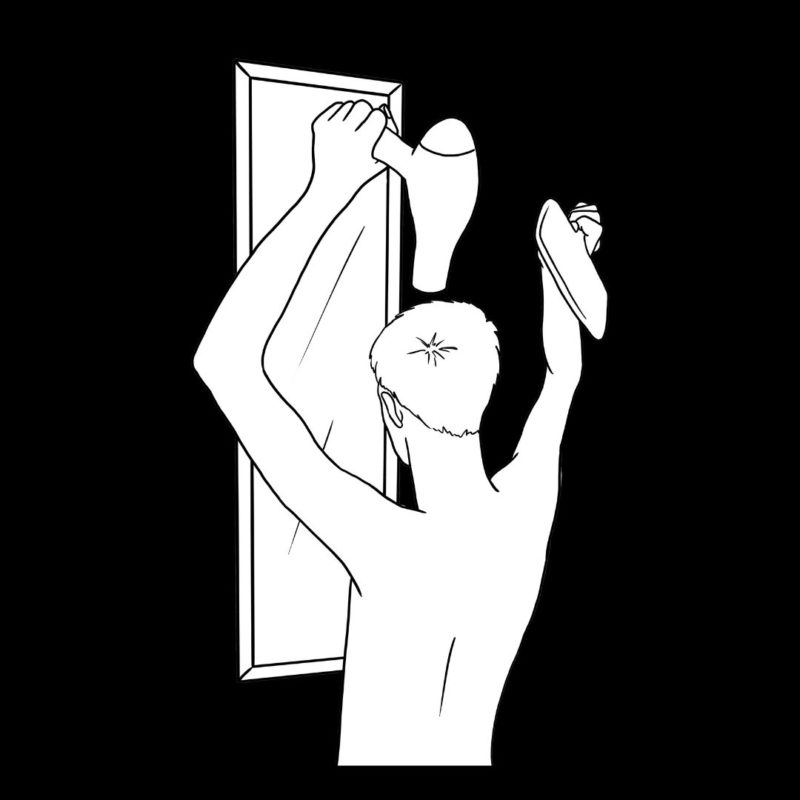
3. Your Scalp: Thoroughly examine the entire surface of your scalp, using a blow dryer and mirror to expose each section to view.
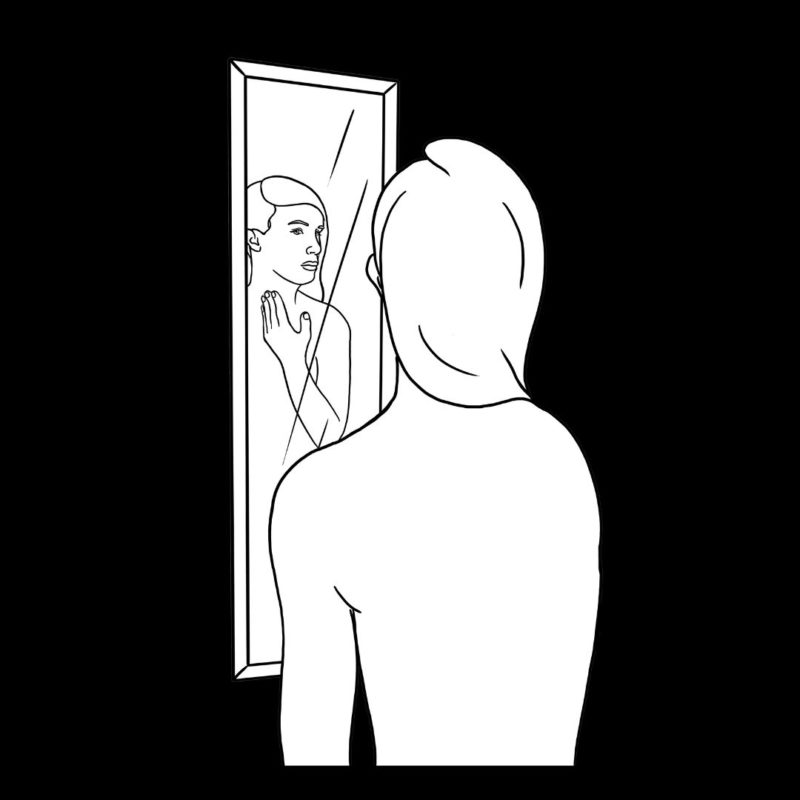
4. Your Front Torso: Facing the full-length mirror, inspect your neck, chest, and abdomen. Women: check the skin underneath each breast. Lift your arms and check the sides of your upper body as well.
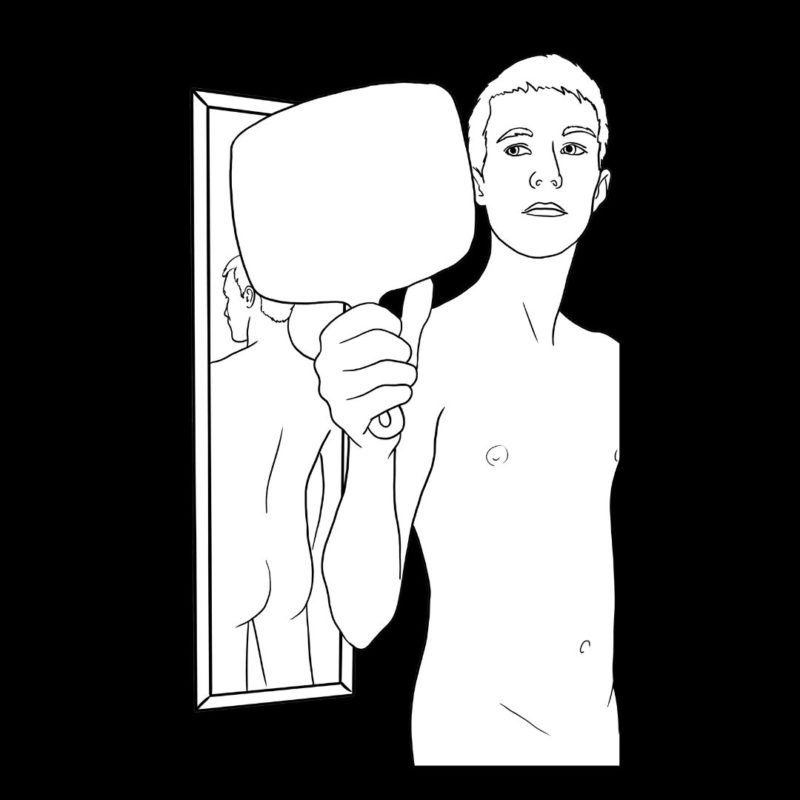
5. Your Back Torso: Face away from the full-length mirror, holding the handheld mirror. Examine your back, your shoulders, the back of your neck, and any other area you could not see from the front. From there, continue down your body and examine your buttocks and the backs of your thighs.
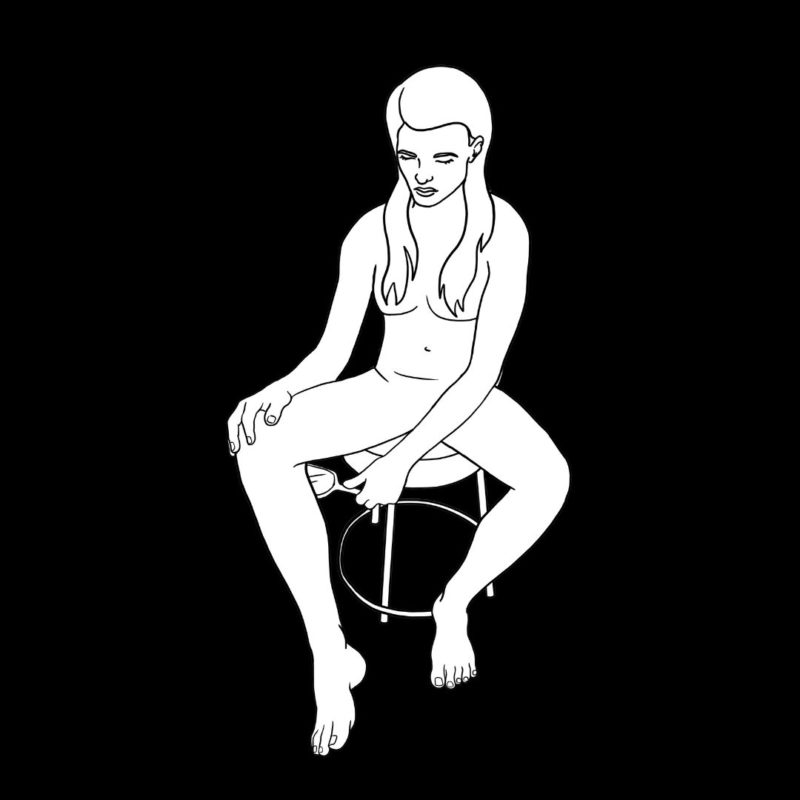
5. Your Lower Torso: Sit on a chair and scan your legs using the handheld mirror to look at the back of each leg. Check the tops and soles of your feet, making sure to check your toenails and between your toes. Use the handheld mirror to check your genitals and the insides of your thighs.
The early detection of melanoma is critical. Make self-skin checks a regular part of your monthly routine – it could save your life.
